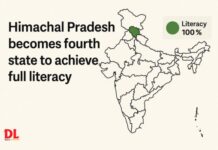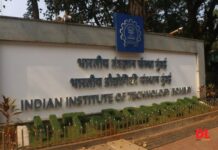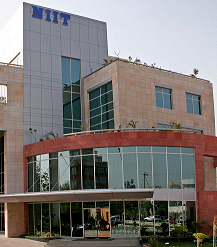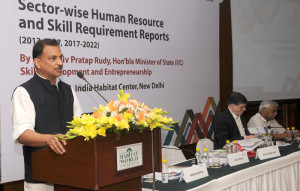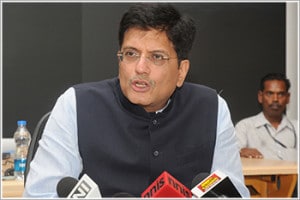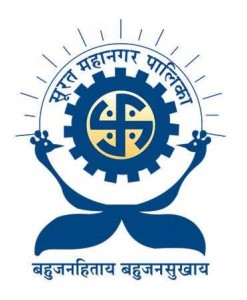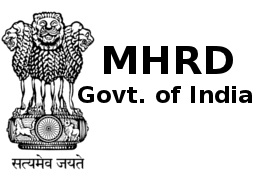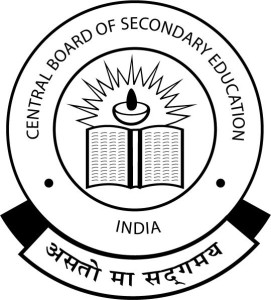Schools and higher education institutions need an ERP solution to bridge the gap and also move towards creating world-class institutions. For the successful ERP implementation, both the school as well as the ERP implementation partner should work in unison and understand the key issues, informs Suhas Gopinath, Chief Executive Officer, Globals

Chief Executive Officer,
Globals
Why does the education sector need ERP solutions?
Education sector in itself is quite a large sector like any other large industries where data driven decision-making is critical. An education institution comprises of multiple departments and many stakeholders including students, teachers, parents, administrators, management and the alumni. All these cannot be managed with paper work. Schools and higher education institutions need an ERP solution to bridge the gap and also move towards creating world-class institutions and get benefited with data driven decision-making capabilities with business intelligence and analytics that an ERP system offered with tools like Cognos, making the education institution proactive from being reactive in their administration.
What are the benefits of deploying ERP solutions in the education system?
Unlike the good old days, institutions these days are connected and hence can utilise the power of technology to enhance productivity. Some of the benefits of deploying an ERP solution in the Education system are:
- Increased efficiency and reduced business process cycle time
- Collaboration and enhanced communication between multiple stakeholders
- Real-Time data for teachers and parents on student’s academics, for better implementation of remedial programmes
- Consolidation of valuable data and streamlined flow of information
- Making education institutions to be less dependent on people for access to information and making people agnostic
- Analytical reports helping in data driven decision making
- Information available in omni-channel (mobile, web, Email / IVRS)
What are the key pain areas to be focused on while deploying these solutions?
For any successful ERP implementation, both the school as well as the ERP implementation partner should work in unison and understand the key issues and follow the process to ensure that the solution meets the needs of the end users on a day-to-day basis. Based on our experience of implementing Educube in hundreds of schools across six countries, we have identified the following pain areas:
The key process involved – student lifecycle needs to put in place correctly. This includes student related modules like the enrolments/ admissions, student management, attendance, notifications etc.
For teachers, one of the key pain areas is grading. With Educube, we solve this with our flexible and comprehensive performance module that comes with different flavours to meet the complex needs of different types of schools like CCE module for CBSE and performance module catering to IGCSE, ICSE, Ontario, IB and State Board Schools as well.
It is very important to understand the current process followed at the school and use the opportunity of the ERP implementation to enhance any processes. While implementing Educube, we work very closely with schools to not only implement our solution but also share the best practices and consult them for any business process reengineering.
How can technology improve the education structure?
A comprehensive ERP solution is a one stop shop for managing the entire institution or group of institutions as it lets management access data from any location anytime. An ERP solution streamlines the workflows, management and administrative processes of an institution with just a single application. Sharing of information and data across the departments is made possible and reduces the redundant multiple entry of data.
Communication is made quick and easy with email reports and SMS alerts. This especially benefits parents to know about their children’s attendance report; notice board updates etc. An ERP solution helps the administrator to easily update employee payroll, school fees and much more.



